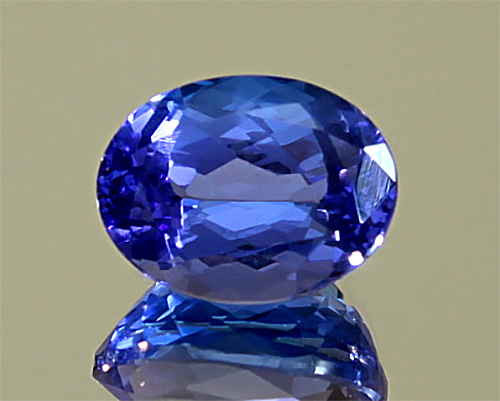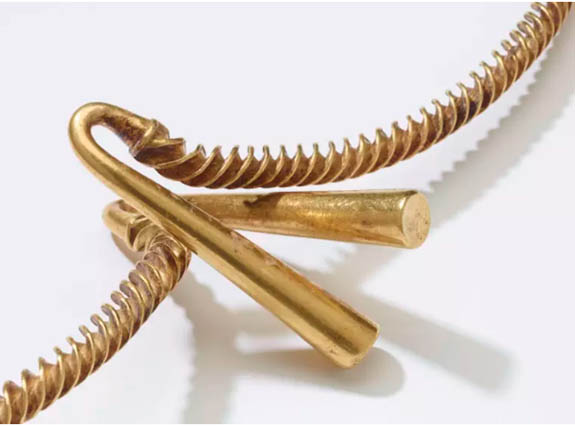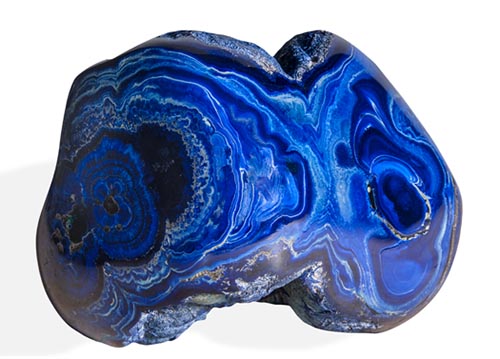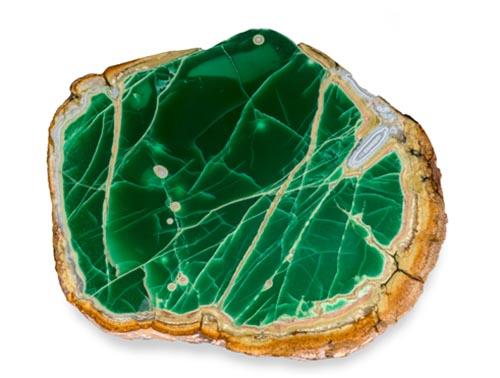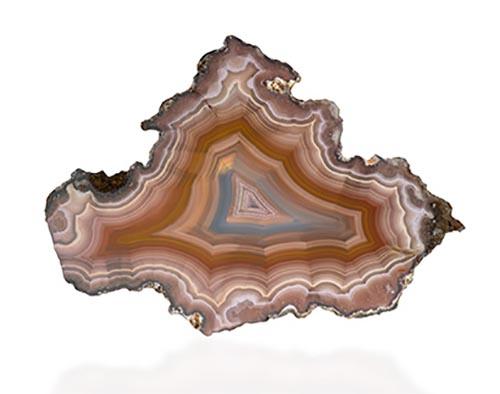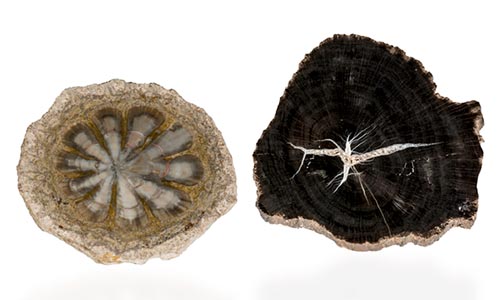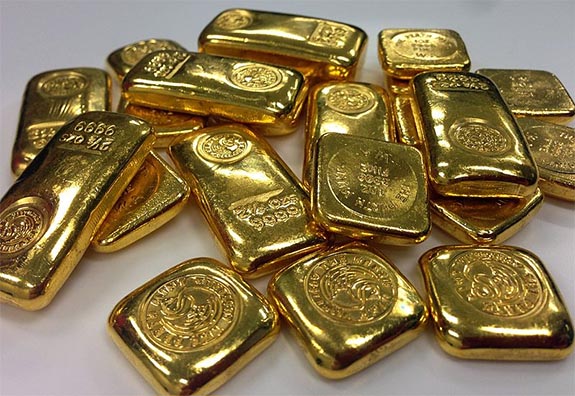Welcome to Music Friday when we bring you great songs with jewelry, gemstones or precious metals in the lyrics or title. Today, the spotlight shines on Rock and Roll icon Stevie Nicks as she sings "24 Karat Gold," the title song from her 2014 album.

In a recent interview, Nicks revealed that the song she penned in 1980 — but didn't release until 2014 — was about her passionate, but short-lived, romance with Fleetwood Mac bandmate Mick Fleetwood.
"It was about our relationship and how desperate it was for a while," she said. "But it had its 24-karat moments."
For Nicks, 24-karat gold seems to represent perfection. The term comes up in the title of today's featured song, numerous times in song's lyrics ("There were dreams to be sold / My 24 karat gold"), in the title of her 2014 album (24 Karat Gold: Songs from the Vault) and the name of her current concert series ("The 24 Karat Gold Tour").
While "24 Karat Gold" appears as the fourth single from Nicks' eighth studio album, it was actually written 34 years earlier during the Bella Donna album sessions. The original 1981 no-frills demo, featuring Nicks playing the piano with an accompanying drum machine and bass, can be found on YouTube.
The 68-year-old Nicks is currently embarking on a seven-week, 27-city tour that kicked off in Phoenix (her birthplace) on October 25 and ends in Inglewood, Calif., on December 18. Last night, she appeared at New York City's Madison Square Garden.
The Grammy-award winning singer-songwriter is best known for her work with Fleetwood Mac and as a solo artist. Collectively, she's scored 40 top-50 hits and sold more than 140 million albums. Fleetwood Mac's Rumours album accounted for 40 million of those sales, making it the fifth-highest-selling album of all time.
Nicks was inducted into the Rock and Roll Hall of Fame in 1998 and was selected by Rolling Stone magazine as one of the world's top "100 Greatest Singers of All Time."
Please check out the official lyric video of Nicks' "24 Karat Gold." You can also follow along with these lyrics below...
"24 Karat Gold"
Written and performed by Stevie Nicks.
Set me free, set me free
Is this what you wanted, to happen to me?
Golden wings in the sunset
Take me back
All alone I waited
But there was no one, out there
There were dreams to be sold (chain of chains)
My 24 karat gold (chain of chains)
There was some love to be sold (chain of chains)
You said you might be coming back to town (chain of chains)
All alone I waited
There was no one out there
In the rain she lay face down.
What is this freedom that she wanted
What kind of freedom...
What kind of game?
There were dreams to be sold (chain of chains)
My 24 karat gold (chain of chains)
There was some love to be sold (chain of chains)
You said you might be coming back to town (chain of chains)
Set me free, set me free
Is this what you wanted, to happen to me?
Golden wings in the sunset
Take me back
All alone I waited
But there was no one, out there
There were dreams to be sold (chain of chains)
You like my 24 karat gold, chain of chains
(chain of chains)
(chain of chains)
You like my 24 karat gold
(chain of chains)
Yes you like my 24 karat gold
Yeah
My love
Credit: Screen capture via YouTube.com.


